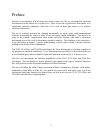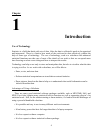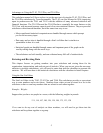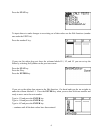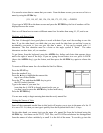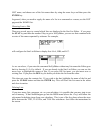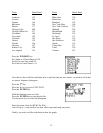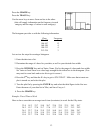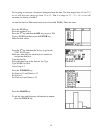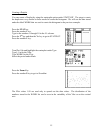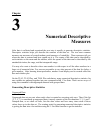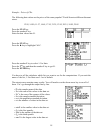
Chapter
2
Organizing Data
After the data has been input into the calculator one of the tasks of the statistician is to try to
make sense of that data by organizing it. As a consumer of statistics, you are presented with
tables and graphical displays of data on a daily basis. This chapter focuses on ways of
organizing data on the TI-83, TI-83 Plus, and TI-84 Plus calculators.
Frequency Distributions
One of the simplest ways of organizing data is to group together similar values. Once we’ve
grouped them together we can count how many elements there are in each group. Since the TI-
83, TI-83 Plus, and TI-84 plus calculators work only with numerical data, we will be trying to
group numbers together.
To get some idea of how the numbers are distributed, we will split them into intervals or classes,
all of the same width, and count how many are in each class. Listing the classes and their
frequencies provide us with information to create a frequency distribution. The calculators do
not provide us directly with a frequency distribution, but it will construct a frequency histogram
for us which helps us create the frequency distribution.
Example: Home Runs
The following table lists the number of home runs hit by major league baseball teams during the
2002 season. Enter the number of home runs into a list labeled RUNS. By inspection we can see
that the values go from 124 to 230. This gives us a range of 230 − 124 = 106. To find the class
width we divide the range by the number of classes we desire. We will construct the frequency
distribution with five classes. Dividing the range 106 by 5 the number of classes gives us a class
width of 22.
11



